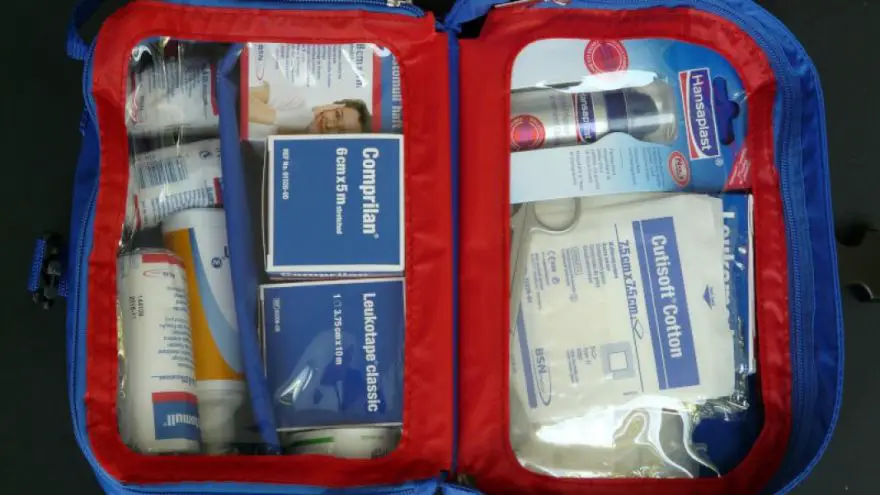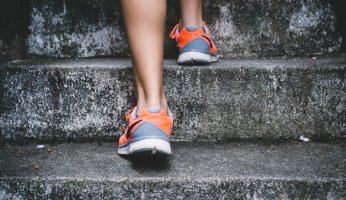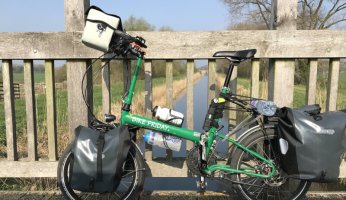Here’s What You Should Always Have in Your First Aid Kit
 Here’s What You Should Always Have in Your First Aid Kit
gearweare.net
Here’s What You Should Always Have in Your First Aid Kit
gearweare.net
A first aid kit is something you should have with you whenever you adventure in the outdoors. If your car will be close by store one in your vehicle, but if you will be leaving your car behind make sure to pack a travel sized kit that can easily fits into your backpack. Wherever you will be bringing your first aid kit, there are some basics that should always be included.
First aid kits made to be used in the backcountry need to have certain items that are less pertinent for those designed for daily use. In this type of environment, where you are exposed to the elements and potentially hours away from the nearest road, let alone hospital, dangerous situations are amplified. You need to be prepared to take care of any type of injury that can occur, be it a blister or a broken bone. Below you will find a comprehensive list of everything that a survival first aid kit should contain.
Table of Contents
For Treating Cuts and Scrapes
Cleaning and covering a cut right after it happens is integral to stopping infection and helps the laceration to heal as quickly as possible. With the following items in your first aid kit you should be able to properly protect any cut of any deepness or size:
- Antiseptic wipes – BZK or alcohol based.
- Antibacterial ointment – Apply to wound once it has been cleaned.
- Adhesive bandages – Fabric works better; Make sure to have a variety of sizes.
- Butterfly bandages – Used to close deep cuts.
- Gauze pads – For covering large cuts or scrapes.
- Tegaderm bandages – Large waterproof bandage.
- Hemostatic gauze – Use to promote clotting on wounds to an artery.
- Irrigation syringe – Use to flush debris from cut.
- Suture kit – Use to sew deep wounds shut.
- Medical adhesive tape – For securing bandages.
- Latex gloves – Use while treating the wound to reduce the risk of infection.
Blisters, Swelling, and Strains
No matter how broken in your hiking boots may be, after some time walking in the backcountry there is always the chance that you will develop blisters. Nothing turns a beautiful hike into a bad day more quickly than a nagging hot spot, but with these items in your first aid kit you’ll be able to take care of the pain:
- Moleskin – Can be cut to fit around blister, lifting irritant away from skin.
- Liquid bandage – Place over hot spot to protect from irritant.
Swelling and muscle strains are other common issues that many people encounter while in the backcountry. Especially uncomfortable when walking over long distances, the following items will make these types of injuries much more bearable:
- ACE bandage – Can be wrapped around a swollen limb or sore joint to give support; Also can be used to hold wound dressings and splints in place.
- Finger splint – For finger strains or breaks.
- SAM splint – Versatile splint that can be used for limbs.
Miscellaneous Items
The items listed above help you deal with injuries on the trail. A few more things should be included in your first aid kit that will further ensure your safety if anything goes wrong. The following items will also help you avoid injury before it occurs as well as maintain comfort on the trail:
- Tweezers – Use to remove splinters or debris in cuts.
- Safety pins – Can help secure bandages in place.
- Blunt tip scissors – Crucial for removing clothing in the case of a traumatic injury.
- Thermometer – Help you find out sooner if anyone on the trail is sick.
- Plastic bag – Useful for keeping items dry.
- Cotton tip swabs – Apply antibacterial ointment or clean a cut.
- Bug spray – Helps keep bugs away.
- Hydrocortisone cream – Reduces itchiness of bug bites.
- Sun screen – Prevent sun burns.
- Aloe vera gel – Helps sooths burns.
- CPR mask – Protects administrator of CPR from recipient’s bodily fluids.
- Oral rehydration salts – Electrolyte salts and glucose that help replenish fluids.
- Space blanket – Works as emergency shelter and effective treatment for hypothermia.
- Water purification tablets – Will purify water from almost any source.
- Paper and pencil – Important for tracking health and weather stats in the case of an emergency.
- Wilderness first aid booklet or card – Provide directions and resources in the case of an emergency; Many prepackaged first aid kits come with these, however they are also available for purchase.
Medications
Finally, having a first aid stocked with everything you would need if a medical issue were to arise is integral to success in the backcountry. Pill bottles are unnecessary, but make sure to have at least five doses of all the following:
- Pain relief medication – Includes aspirin, ibuprofen, and Tylenol.
- Allergy medications – Includes Zyrtec and Allegra; Avoid medications that will make you drowsy.
- Antacid medications – Includes Tums and Pepto Bismol.
- Prescription medications – Anyone who requires prescription drugs should pack some in the first aid kit; Common examples include an inhaler for those who have asthma and an epinephrine pen for anyone with severe allergies.
Final Considerations
Once you have assembled everything you need for your first aid kit you should spend some time thinking about where you will be taking it. In some circumstances, such as a rafting trip, putting your first aid material in a waterproof bag is critical. If you are backpacking, the biggest consideration is weight, so pick a small bag and bring exactly what you will need for however long you will be on the trail. On the other hand, a first aid kit that will live in your car can be much larger.
Also, remember to periodically restock the items in your first aid kit. A good practice is it double check that you have everything you need before setting out on any long adventure. The last thing you want is to get a cut only to realize that you are completely out of Band-Aides.












